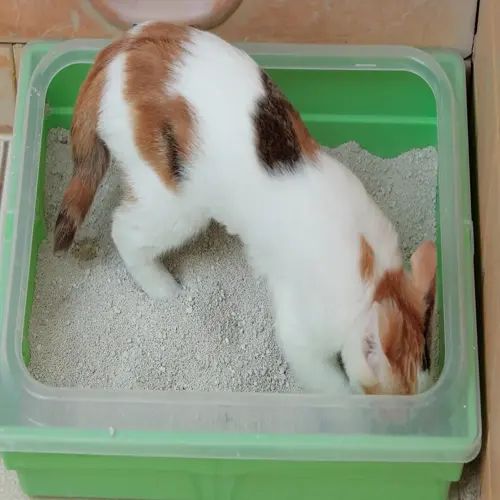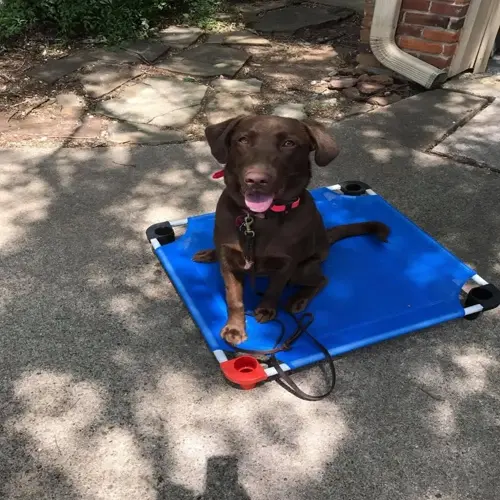How to handle exotic pets during relocation?

Written by
Hoang Long
Reviewed by
Prof. Edward Clarke, Ph.D.Moving exotic pets requires species-specific protocols that differ from standard animal transport protocols. Your reptile, bird, or fish needs individually tailored environmental conditions and containment. I learned this transporting rescued ball pythons. Improper movement also leads to fatalities during transport. Variations in temperature and humidity lead to immediate health crises.
Reptiles
- 60-80% humidity: Achieved with damp sponges in ventilated containers
- Temperature range: 75-85°F (24-29°C) using insulated carriers
- Secure containment: Escape-proof double boxes for venomous species
Birds
- Darkened carriers: Covered cages reduce stress during transit
- Perch stability: Non-swinging perches prevent leg injuries
- Hydration systems: Water gel packs for 12+ hour journeys
Fish
- Oxygen-filled bags: Triple-bagged with pure oxygen seals
- Temperature maintenance: Insulated coolers with heat packs
- Gradual acclimation: Drip method over 2+ hours upon arrival
Execute reptile relocation protocols. Use plastic containers, not glass tanks, with ventilation holes in lids. Avoid heat pads to prevent thermal scalds. Take humidity readings using digital hygrometers. My client's gecko successfully survived a cross-country move using damp moss as a substrate. Proper ventilation avoids respiratory difficulties.
Execute avian transport safety. Cage covers made of breathable fabric are key. Provide cuttlebones to help prevent overgrown beaks. Do not use seed mixes during transport because of the mess. My macaw ate the pellet-type travel rations and remained calm. Schedule vet checks before travel over 8 hours.
Tackle the difficulties of aquatic relocation. Place 1/3 water and 2/3 oxygen in bags with the fish to be moved. Keep dark to reduce stress; cycle the new tanks fully before reintroducing the fish. Betta fish were taken< PR0AERTI0 T of sheltered lunch boxes. The stability of temperature proved to be of moment for their preservation.
Implement venomous species precautions by using secondary locking containers within primary carriers. Affix warning labels clearly. Notify providers in writing. Rattlesnake relocations required certified personnel. Permits are required by law if crossing state lines.
Read the full article: 10 Essential Tips for Moving With Pets

